Nature’s remarkable diversity extends to the specialized tools animals have evolved for survival. Among the most fascinating adaptations in the avian world is the crescent-shaped beak found in certain bird species. This distinctive curved structure, resembling a miniature crescent moon, serves vital purposes that enable these birds to thrive in their ecological niches. Far from being merely decorative, these lunar-curved beaks represent remarkable evolutionary solutions to specific environmental challenges and dietary requirements.
The Avocet’s Elegant Curve

The American avocet (Recurvirostra americana) stands as perhaps the most recognizable crescent-beaked bird, sporting an elegantly upturned bill that curves noticeably upward. This delicate wading bird’s beak isn’t curved by accident—it represents a specialized feeding tool perfected over millennia of evolution. As avocets wade through shallow waters, they sweep their crescent beaks from side to side through mud and silt with remarkable precision. This sweeping motion disturbs tiny aquatic invertebrates, crustaceans, and insects hiding in the substrate, causing them to float upward where they can be captured. The upward curve allows the avocet to maintain this sweeping motion efficiently while keeping its head dry, demonstrating a perfect alignment between form and function.
Evolutionary Advantages of Curved Bills
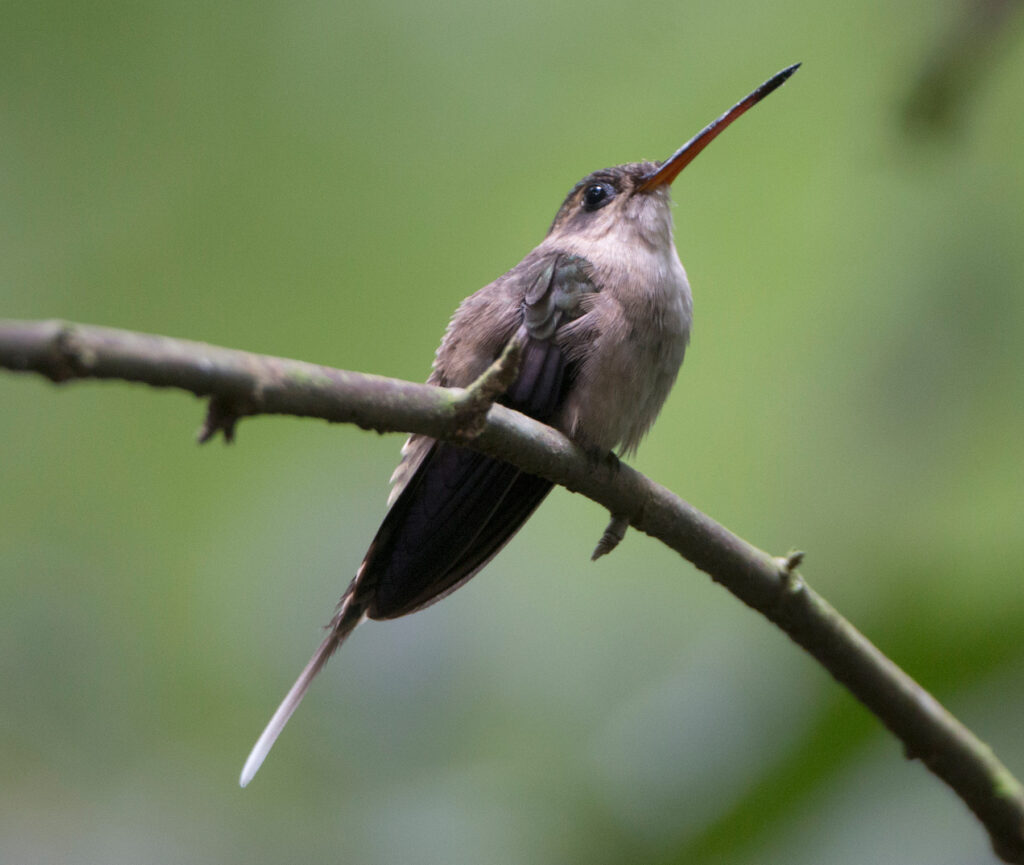
The crescent shape offers several distinct evolutionary advantages that straight-billed birds simply cannot match in certain environments. First, the curve provides specialized access to food sources that would otherwise remain inaccessible, creating ecological niches with reduced competition. Second, these specialized beaks allow for feeding techniques that maximize energy efficiency, crucial for birds that must maintain precise energy balances. Third, the curved structure often provides increased surface area or specialized tip sensitivity that enhances feeding success rates in specific conditions. Finally, this adaptation demonstrates the incredible plasticity of avian evolution, with beak shapes responding to environmental pressures over relatively short evolutionary timeframes, as research on Darwin’s finches has famously demonstrated.
The Ibis Family’s Distinctive Profile
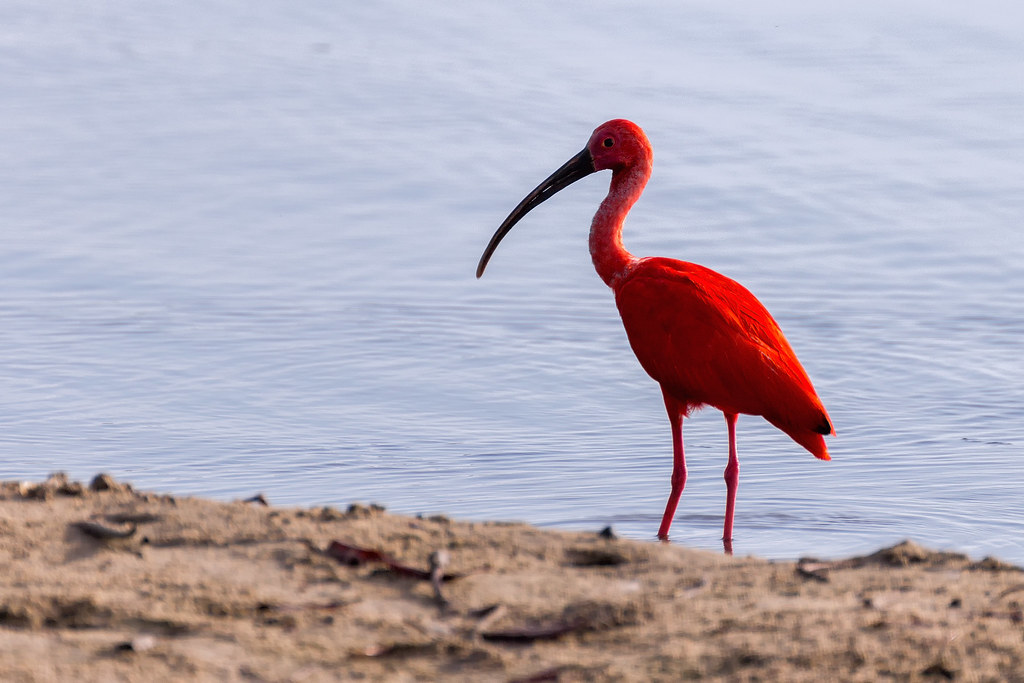
Members of the ibis family showcase some of the most pronounced crescent-shaped bills in the avian kingdom, with their long, downward-curving beaks forming an unmistakable profile. The scarlet ibis, glossy ibis, and sacred ibis all feature this dramatic downward curve that serves as both a probe and a grasping tool. These specialized beaks allow ibises to reach deep into mud, crevices, and vegetation to extract prey that straight-billed birds simply cannot access. When foraging, ibises insert their curved bills into soft mud or soil and partially open them to create a sensitive detection zone for locating prey through touch. This tactile hunting method, called “tactolocation,” relies on specialized nerve endings in the beak tip that can detect minute movements of prey animals hidden from sight.
Specialized Feeding Techniques
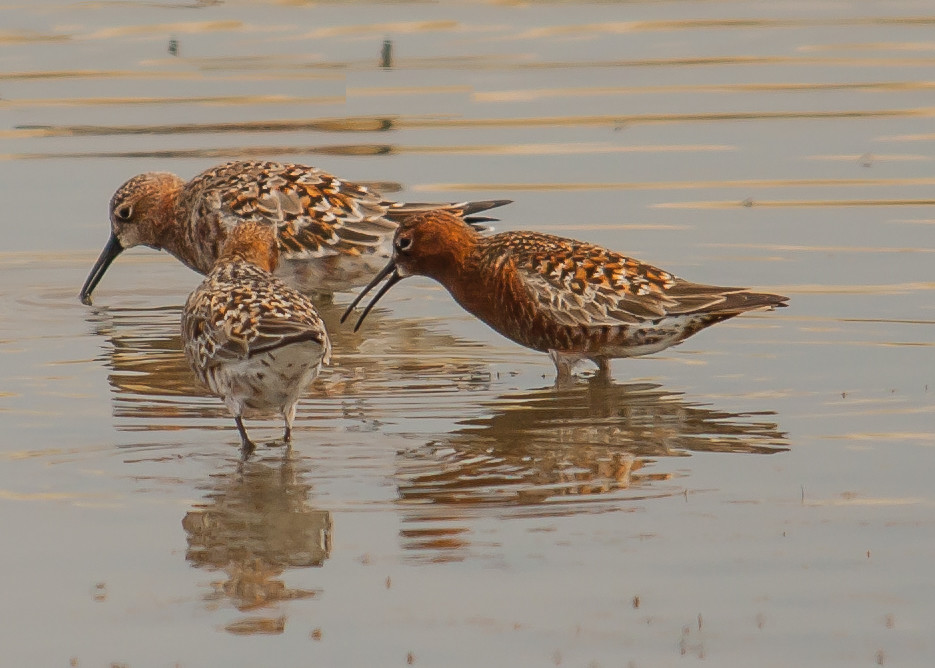
Birds with crescent-shaped beaks have developed highly specialized feeding strategies that capitalize on their unique beak structure. The avocet’s side-to-side sweeping motion represents one approach, while ibises employ a probing technique, inserting their bills into soft substrates to locate prey through touch rather than sight. Curlews, another crescent-beaked species, can reach deep into burrows and crevices with their dramatically downcurved bills to extract crabs and worms from hiding places. Some species combine their curved bills with specialized tongue structures that work in tandem to extract nectar or small prey from narrow spaces. These diverse feeding techniques demonstrate how the crescent shape supports a wide range of specialized food-gathering approaches across different species and habitats.
The Curlew’s Extraordinary Reach
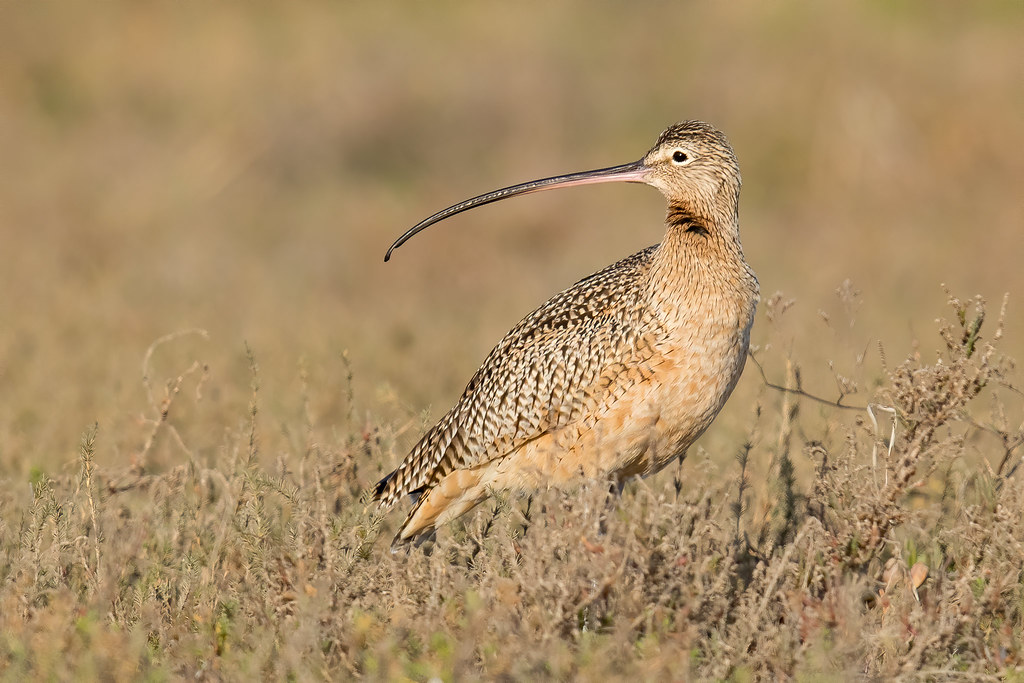
The long-billed curlew stands out even among crescent-beaked birds for its extraordinarily elongated, downward-curving bill that can measure up to 8.5 inches in length. This remarkable adaptation allows these shorebirds to probe deep into mud, sand, and soil to reach prey items that remain completely inaccessible to birds with different bill structures. The curlew’s specialized beak enables it to extract ghost shrimp, crabs, and marine worms from burrows up to 6 inches deep without having to dig or disturb the substrate significantly. Sensory receptors concentrated at the flexible tip of the bill can detect the slightest movements of buried prey, making these birds extraordinarily efficient hunters despite never seeing their quarry. Interestingly, female curlews typically have longer bills than males, which reduces feeding competition between mates by allowing them to specialize in capturing prey at different depths.
Hummingbirds: Nature’s Nectar Specialists
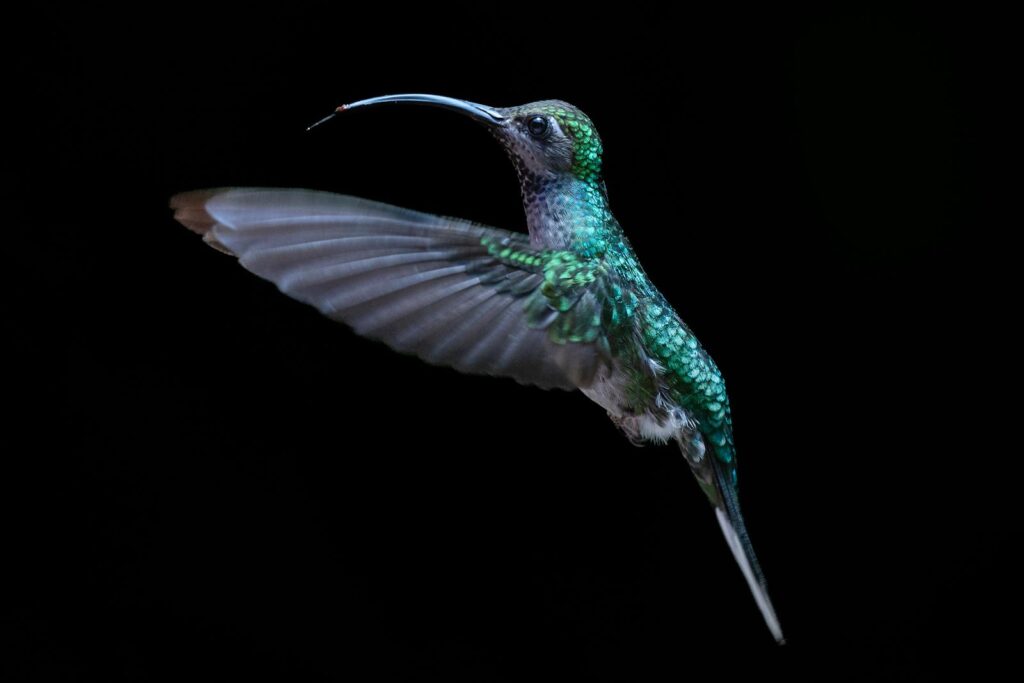
While less dramatically curved than ibises or curlews, many hummingbird species possess gently curved, crescent-shaped bills perfectly adapted for accessing nectar from specific flower shapes. The curve of a hummingbird’s bill often corresponds precisely to the curve of its preferred flower species, creating a specialized relationship between bird and plant. This co-evolution has produced remarkable matches, such as the sword-billed hummingbird with its bill longer than its body, designed to reach nectar at the base of elongated trumpet flowers. The curvature provides optimal positioning for the tongue to extend and retract while collecting nectar, while also potentially reducing competition from other nectar-feeding species. Research has demonstrated that even slight variations in bill curvature can determine which flower species a hummingbird can efficiently feed from, driving specialization and potentially even speciation.
Geographical Distribution of Crescent-Beaked Birds
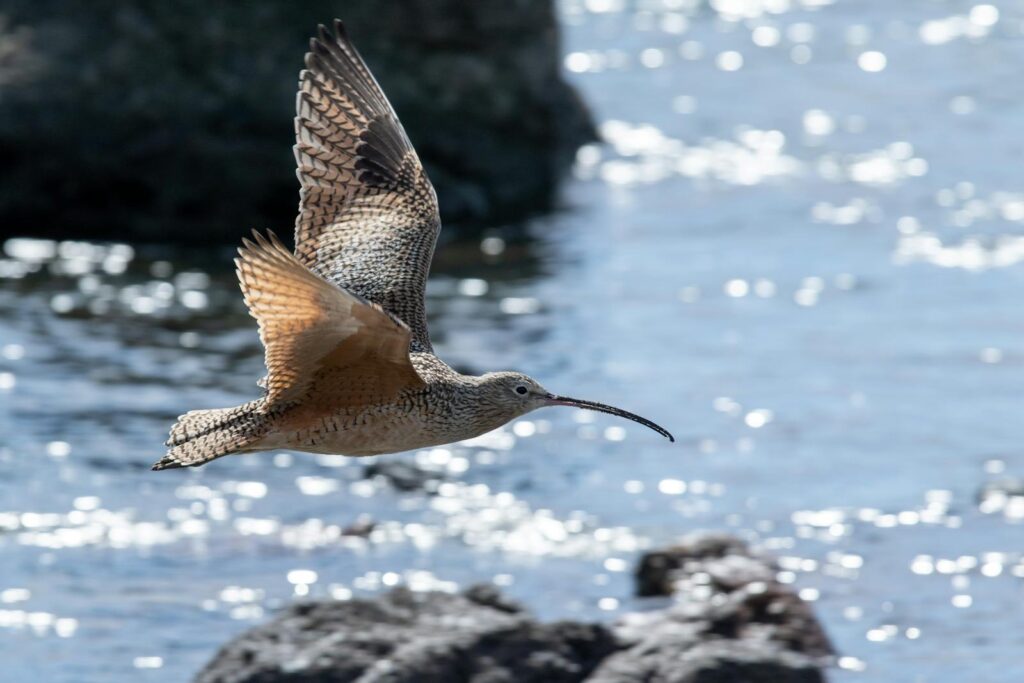
Crescent-beaked birds have evolved independently across multiple continents, demonstrating convergent evolution in response to similar ecological opportunities. Avocets can be found across North America, Europe, Asia, and Africa, with different species adapting to wetland environments across these regions. The ibis family has representatives on every continent except Antarctica, with different species evolving similar curved bills to exploit comparable ecological niches. Curlews occupy shorelines and wetlands across North America, Europe, Asia, and Australia, with different species evolving regionally specific beak variations. This worldwide distribution highlights how the crescent-beak adaptation has proven successful across diverse environments and ecological contexts, representing a powerful evolutionary solution that has emerged multiple times independently.
The Role of Sexual Selection

Beyond pure functionality, the distinctive crescent shape of certain birds’ beaks may also play a role in mate selection and reproductive success. In some species, larger or more dramatically curved bills may signal genetic fitness or foraging prowess to potential mates. Research has suggested that female avocets may prefer males with optimally curved bills that demonstrate superior feeding efficiency, as this trait directly impacts survival and reproductive capacity. In species where males and females have differently sized or shaped bills, these differences may reduce competition between mates while ensuring genetic diversity within the population. Sexual selection pressure may explain why some species have evolved more dramatically curved bills than seemingly necessary for feeding alone, illustrating the complex interplay between natural and sexual selection in shaping these remarkable structures.
Biomechanical Engineering Marvels
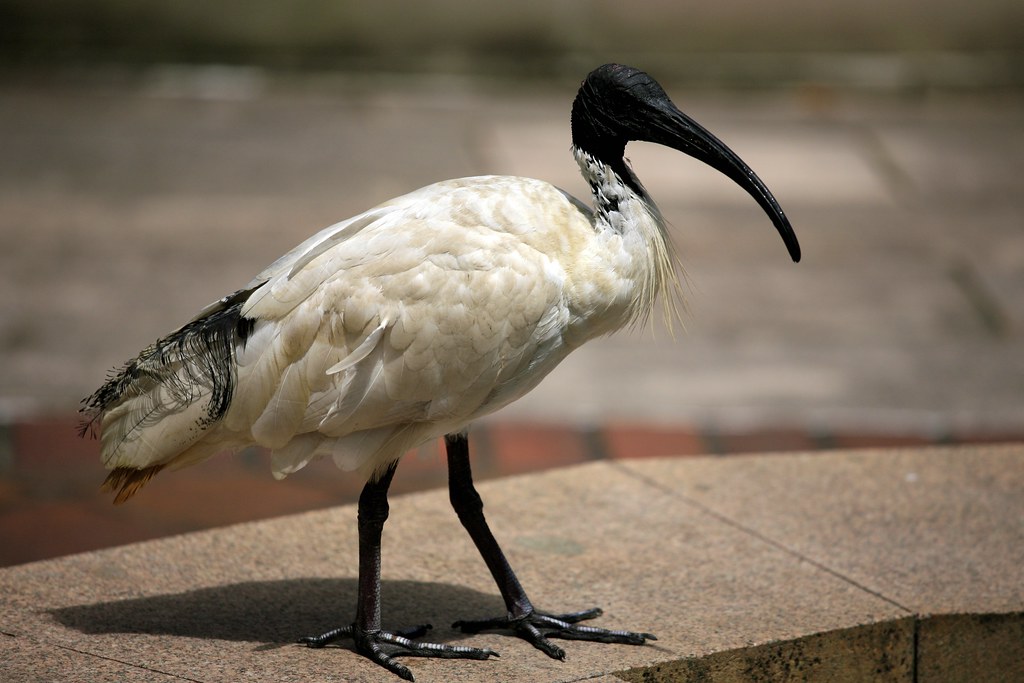
From an engineering perspective, crescent-shaped beaks represent remarkable biomechanical achievements that combine strength, flexibility, and precision. These beaks must withstand significant forces while remaining lightweight enough for flight and precise enough for delicate feeding operations. The structural composition typically features a keratin exterior supported by a bone scaffold that combines rigidity with controlled flexibility. Microscopic analysis reveals specialized cellular arrangements that create zones of varying hardness and flexibility along the length of the bill, optimizing its performance for specific feeding techniques. Some species, like ibises and curlews, have evolved nerve-dense bill tips with specialized mechanoreceptors that effectively function as sensory organs, capable of detecting minute vibrations from buried prey. Engineers studying these natural designs have drawn inspiration for specialized tools, including medical instruments designed for minimally invasive procedures.
Conservation Challenges for Specialized Feeders
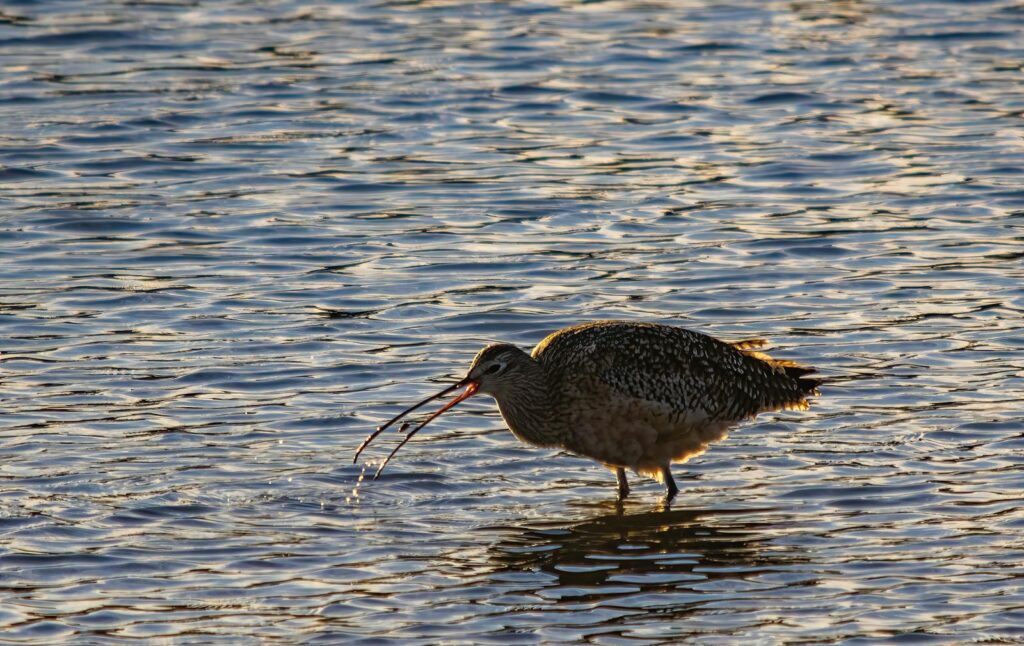
Birds with highly specialized crescent beaks often face heightened conservation challenges due to their dependence on specific habitats and feeding conditions. The long-billed curlew population has declined significantly as wetlands and grasslands have been converted to agriculture and development, eliminating their specialized feeding grounds. American avocets rely on healthy shallow wetlands with specific salinity levels and substrate compositions, making them vulnerable to both drought and water pollution. When habitat conditions change, birds with such specialized feeding adaptations often cannot easily switch to alternative food sources or feeding techniques. Climate change poses a particular threat, as it alters the timing of prey availability and potentially creates mismatches between breeding cycles and peak food abundance. Conservation efforts for these species must focus on preserving not just general habitat but the specific microhabitats and ecological conditions that support their specialized feeding behaviors.
Comparative Anatomy Across Species

Comparing crescent-beaked birds reveals fascinating variations in curvature, length, and structural specializations that reflect evolutionary fine-tuning to specific ecological niches. The American avocet’s upward curve contrasts with the ibis family’s downward curve, yet both serve specialized probing functions in different microhabitats. Bill length varies dramatically, from the relatively short curved bills of some hummingbirds to the extraordinarily elongated bills of curlews that can exceed one-third of their total body length. Internal structures also vary significantly, with some species possessing highly sensitive bill tips packed with specialized touch receptors, while others have reinforced bills designed to withstand the forces of probing in dense substrates. These anatomical variations provide valuable insights for evolutionary biologists studying adaptation and speciation, revealing how similar challenges can produce both convergent and divergent evolutionary solutions.
Developmental Biology of Curved Bills
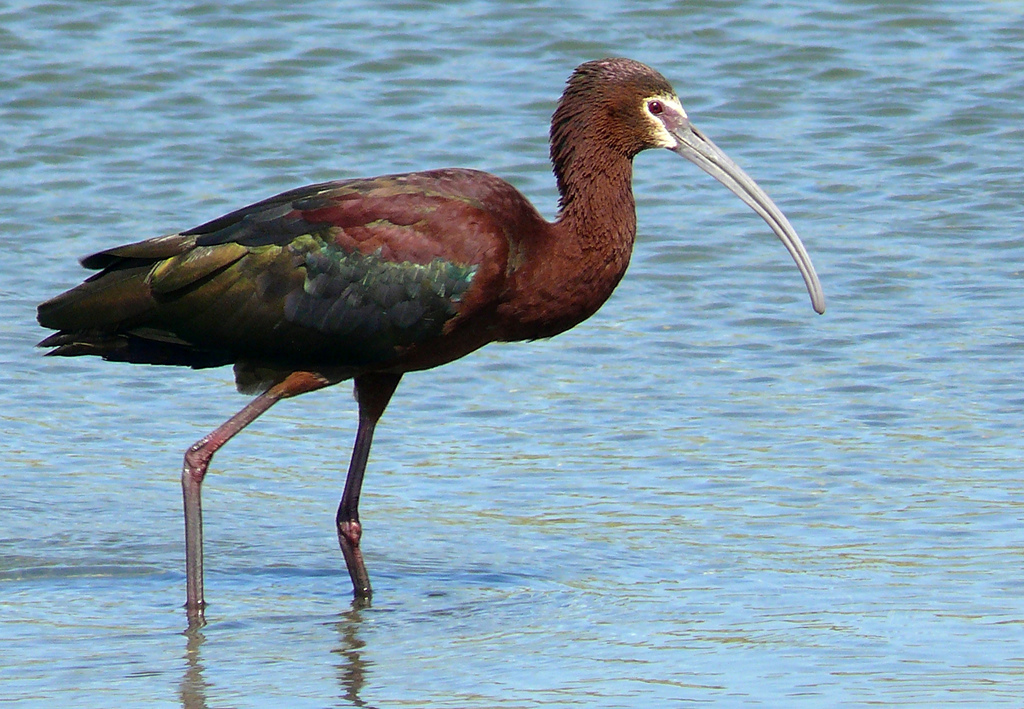
The development of crescent-shaped bills begins during embryonic stages and involves complex genetic and environmental factors that regulate growth patterns. Research has identified several key genes that influence beak shape, including BMP4 (bone morphogenetic protein 4) and calmodulin, which regulate differential growth rates along the upper and lower mandibles. During development, these genes create differential growth zones where cells proliferate at varying rates, gradually producing the characteristic curve over time. Interestingly, some species are born with relatively straight bills that gradually develop their curvature during juvenile growth phases, corresponding with the transition to adult feeding behaviors. Environmental factors can also influence beak development, with nutrition quality and mechanical stress from early feeding attempts potentially affecting the final shape and strength of the bill structure.
Conclusion
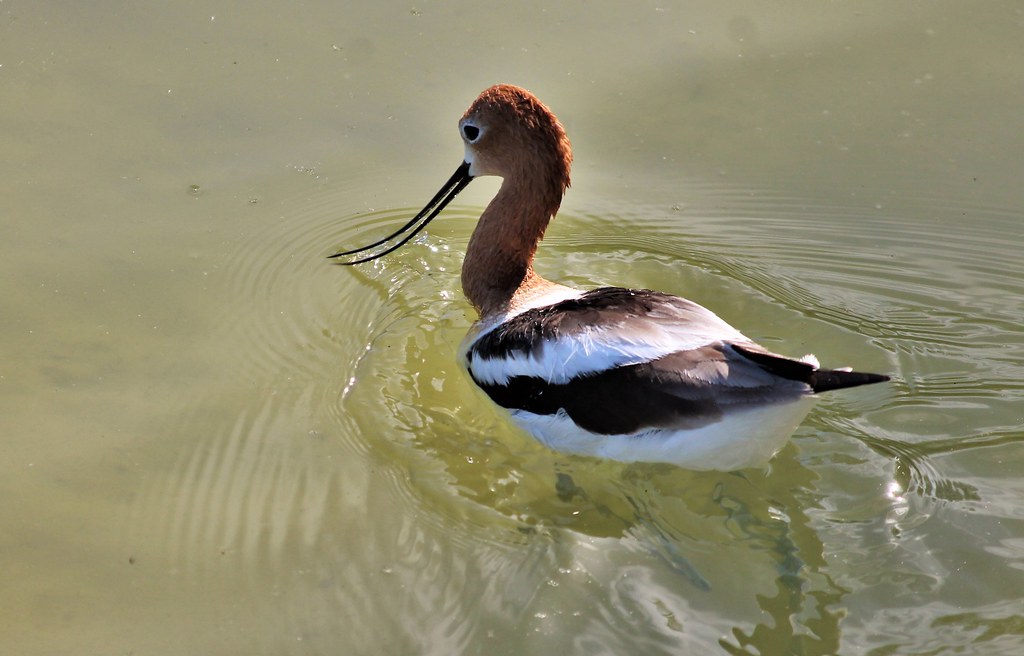
The crescent-shaped beaks found across various bird species represent one of nature’s most elegant examples of specialized adaptation. These remarkable structures, evolved independently across continents and families, demonstrate how evolutionary pressures can produce similar solutions to specialized feeding challenges. From the side-sweeping avocets to the deep-probing curlews and the nectar-sipping hummingbirds, these lunar-curved bills enable precise ecological specialization that reduces competition and opens unique feeding opportunities. However, this specialization comes with vulnerability, as habitat changes can threaten these highly adapted species. By understanding and appreciating these remarkable adaptations, we gain insight into both the incredible diversity of nature’s solutions and the importance of preserving the specific conditions that allow these specialized creatures to thrive.
